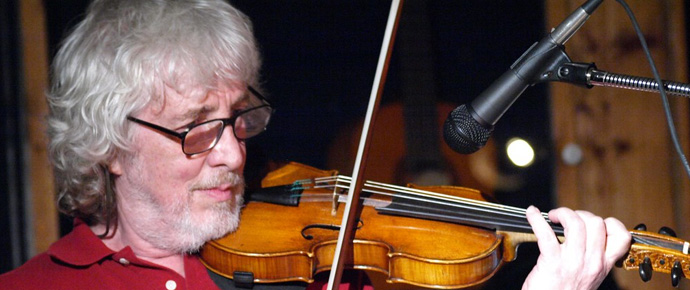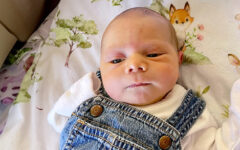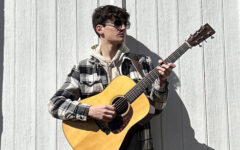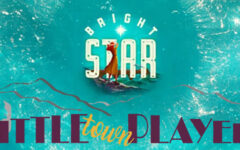
Richard Greene is well known as an innovative and influential fiddle player who first attained prominence with Bill Monroe and the Blue Grass Boys in 1966. Alongside his musical life Greene has, starting as a young teenager, been obsessed with photography, from using a bathroom as a darkroom, developing black and white and color film, progressing to today’s digital photographic challenges.
In the past few years his photographs have caught my attention, showing his remarkable eye for the unusual, for sharp angles and different perspectives. He has several portfolios; those that I have thumbed through to date are the Abstract Architectural, the Landscapes, and one that Greene has called Forgotten But Not Gone.
He applies his musical philosophy of expression, innovation, technique, and composition to his photography.
Very active in the Los Angeles photographic community, Greene’s work has been seen in several exhibitions throughout the United States, and he has won awards each year since 2016.
Last October he was a finalist and prize winner in the Outwin Boochever Portrait Competition, and his work is displayed in the Smithsonian National Portrait Gallery, Washington, DC.
The third-place winning image was of a group of youths on a Monroe, Louisiana street. In this interview he talks about the encounter.
The national, triennial competition and exhibition is funded by an endowment from Virginia Outwin Boochever (1920–2005).
As well as making his own recordings, the award-winning fiddler Greene features on albums by Bill Monroe, The Blue Velvet Band, Seatrain, Muleskinner, and Peter Rowan, as well as many other notable bluegrass artists.







